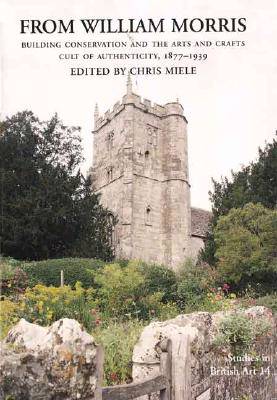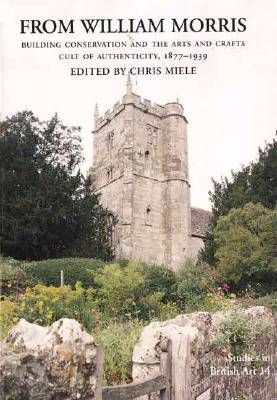
- Retrait gratuit dans votre magasin Club
- 7.000.000 titres dans notre catalogue
- Payer en toute sécurité
- Toujours un magasin près de chez vous
- Retrait gratuit dans votre magasin Club
- 7.000.0000 titres dans notre catalogue
- Payer en toute sécurité
- Toujours un magasin près de chez vous
From William Morris, 14
Building Conservation and the Arts and Crafts Cult of Authenticity, 1877-1939
Description
This book takes a fresh and wide-ranging look at the origins of the architectural conservation movement in the United Kingdom. Distinguished contributors consider how the modern concept of heritage emerged in the nineteenth century, how politics as well as art and design played a role in the creation of a historic buildings culture, and how the writings and activities of designer William Morris and architect Philip Webb shaped thinking about conservation.
Chapters of the book address such diverse topics as the place of historic buildings in Morris's thinking, the relation of the Arts and Crafts Movement to Victorian ideas of heritage, the distortion of Morrisian ideals in early twentieth-century New England, and the emergence of an urban vs. rural conservation culture. Drawing on extensive historical research, the book casts new light not only on the history of the Conservation Movement but also on its role today.
Spécifications
Parties prenantes
- Editeur:
Contenu
- Nombre de pages :
- 364
- Langue:
- Anglais
- Collection :
- Tome:
- n° 14
Caractéristiques
- EAN:
- 9780300107302
- Date de parution :
- 10-07-05
- Format:
- Livre relié
- Format numérique:
- Genaaid
- Dimensions :
- 185 mm x 263 mm
- Poids :
- 1288 g

Les avis
Nous publions uniquement les avis qui respectent les conditions requises. Consultez nos conditions pour les avis.





